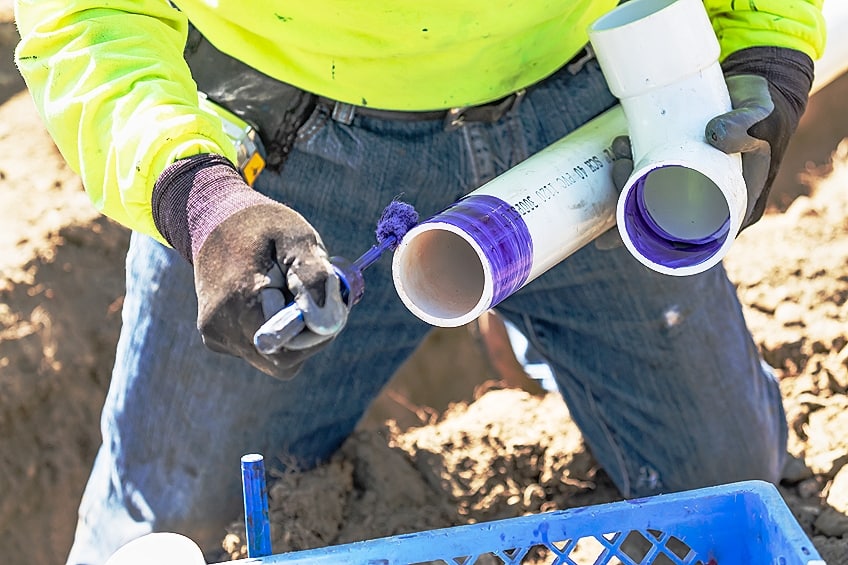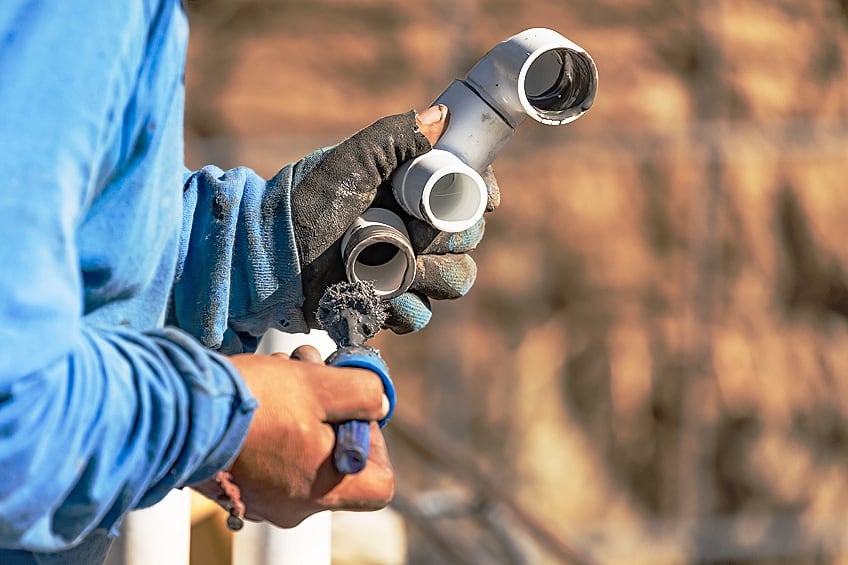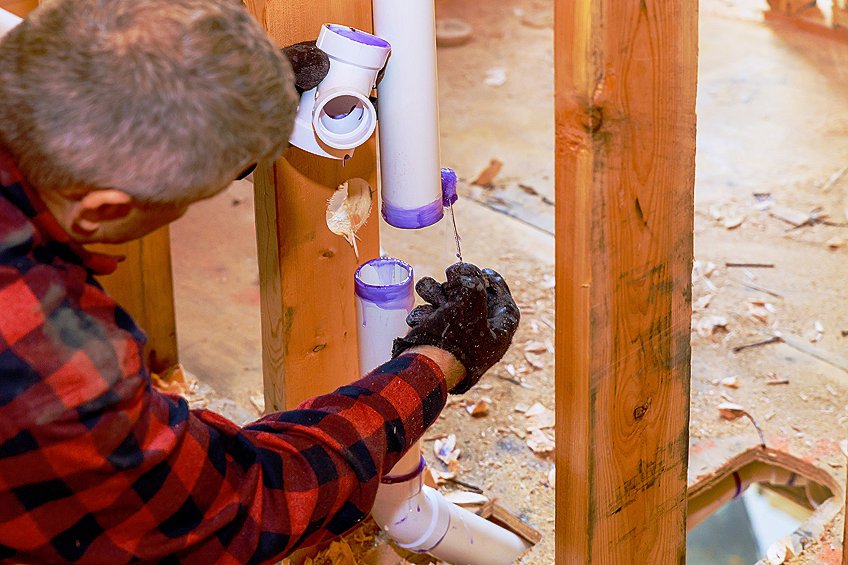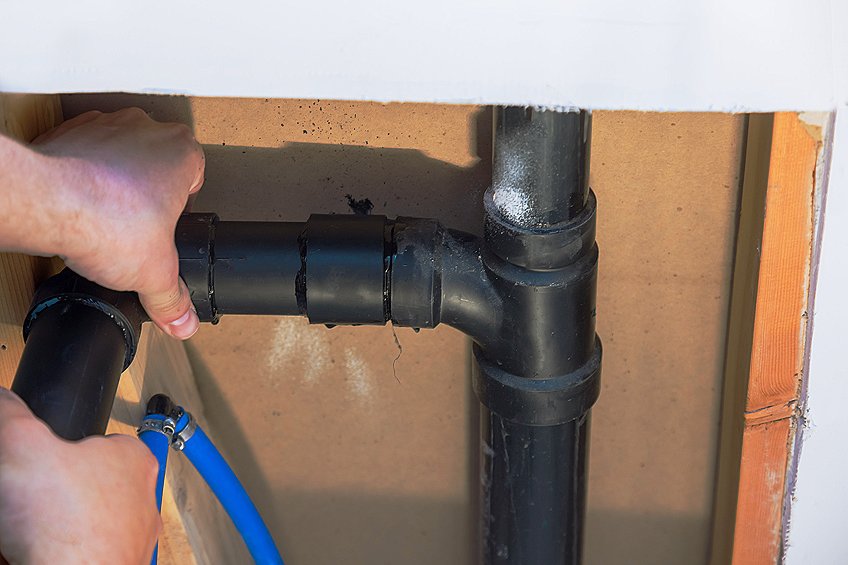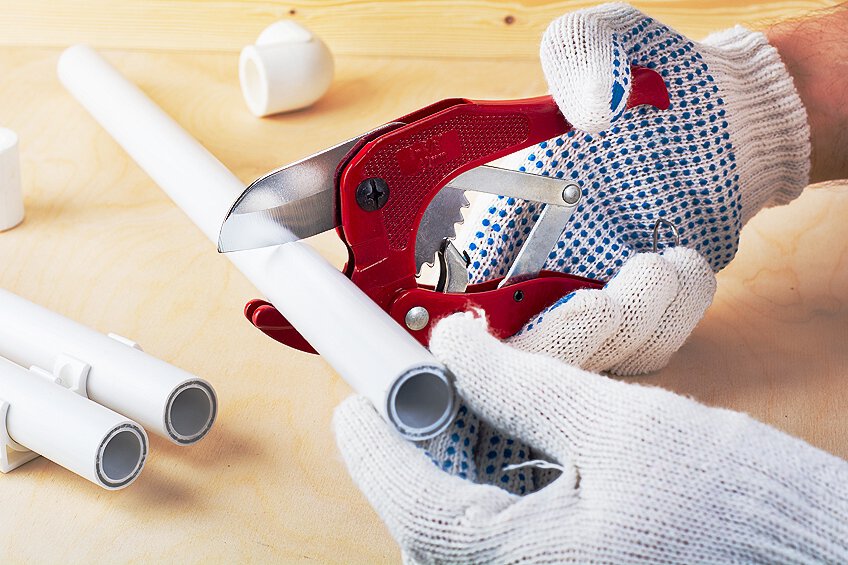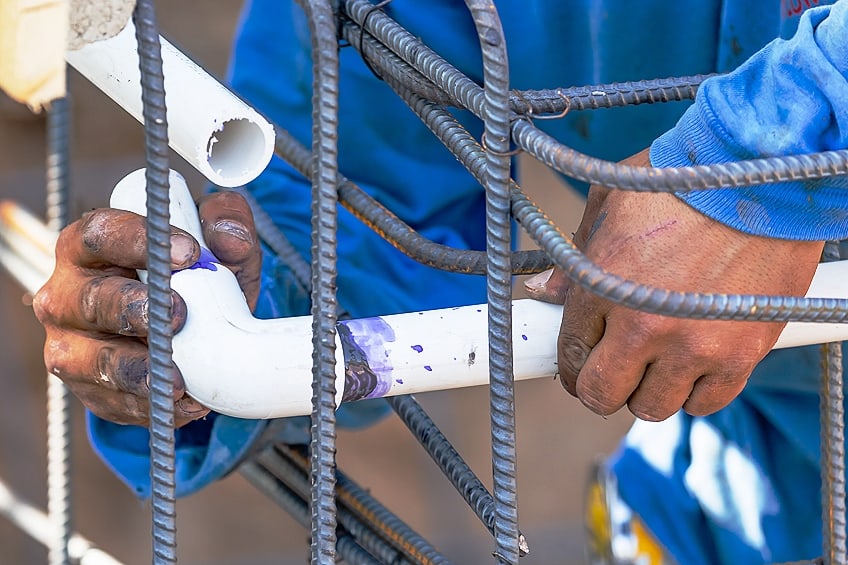How to Unglue PVC – Removing Adhesive Successfully
This post may contain affiliate links. We may earn a small commission from purchases made through them, at no additional cost to you. You help to support resin-expert.com
While working with PVC pipes and fittings, it’s a common misconception that once these materials are glued together, they can be easily separated. However, the reality is that the adhesive used to bind PVC components creates a chemical bond that is meant to be permanent. When constructing or repairing PVC structures, there may come a time when these bonds need to be undone. Traditional ungluing is not an option, but there are alternative methods available to effectively remove or separate the PVC pipes and fittings without causing significant damage to the remaining sections. Get ready to peel back the layers of adhesive frustration as we explore the art of ungluing PVC. It’s time to stick it to the glue and reclaim your PVC projects with finesse and flair!
Table of Contents
Key Takeaways
- PVC adhesive creates a permanent bond, making traditional ungluing impossible.
- Separating PVC requires alternative techniques that avoid damaging the pipes or fittings.
- The chosen method to separate PVC should be suited to the particular application and setting.
Why PVC Can’t Be Unglued
When PVC (polyvinyl chloride) pipe joints are connected using solvent cement, the adhesive does more than just stick the two pieces together; it chemically fuses the PVC. The solvent in the adhesive breaks down the top layers of the PVC, effectively welding the plastic together. Once this chemical reaction occurs, the softened layers harden and the PVC pieces become one solid unit. The term “solvent weld” reflects the permanent nature of this connection. It’s a process that doesn’t simply coat but melts the plastic, something akin to welding metal.
Trying to reverse this chemical bond is analogous to trying to un-weld steel—both are essentially irreversible procedures.
Because the PVC molecules themselves have been fused, there is no distinct adhesive layer that one can dissolve away or peel off. Attempting to unglue or separate the pipes would result in damaging the integrity of the material. This damage is due to the original melting of the PVC’s surface layers, which cannot be reconstituted to their former strength or shape. Reusing these compromised sections in pressure applications is particularly ill-advised, as the material’s ability to withstand pressure will have been irreversibly compromised.
In summary, the process of bonding PVC pipes with solvent cement is designed to be permanent, with the adhesive causing a chemical reaction that permanently alters and binds the surfaces together. This is why, once joined, detaching these pipes is not feasible without causing damage.
Understanding PVC Adhesive Bonds
Adhesive bonds in PVC pipe installation are crucial for a strong and leak-proof connection. The quality of these bonds depends on the chemical composition of the PVC cement and the process of solvent welding.
Composition of PVC Cement
PVC glue, also known as PVC cement, is formulated to create a bond that fuses PVC pipes and fittings together. It typically consists of a mix of PVC resin, stabilizers, and solvents. There are different variations including clear PVC cement and formulations with added purple primer, which is used to clean and prepare the pipe surface.
PVC resin acts as the foundation for bonding strength within PVC cement, while stabilizers contribute to its durability.
Additionally, the solvent softens PVC surfaces, enabling effective bonding. This trio of components forms the core of PVC cement, ensuring robust connections in a variety of PVC applications. Purple primer is often used before applying the glue to ensure that oils, dirt, and other contaminants are removed, providing a clean surface that enables a secure solvent weld.
How Solvent Welding Works
The process known as solvent welding is not a typical “gluing” task. When PVC cement is applied, the solvent in the mixture breaks down the top layers of the PVC. When two PVC components are joined, the solvent acts to meld the softened surfaces together, creating a bond as strong as the material itself once it dries. It’s a chemical reaction that results in the two pieces effectively becoming one solid piece of plastic.
PVC resin acts as the foundation for bonding strength within PVC cement, while stabilizers contribute to its durability. Additionally, the solvent softens PVC surfaces, enabling effective bonding. This trio of components forms the core of PVC cement, ensuring robust connections in a variety of PVC applications. It’s crucial to understand that once the PVC cement has cured, it is designed to be permanent, and the parts are intended to stay bonded, typically making the phrase “unglue PVC” a misnomer.
Methods to Unglue PVC
Removing glued PVC requires careful handling to ensure the integrity of the remaining pipe and fittings. The following methods provide a range of techniques suitable for different situations, from separating freshly glued joints to dealing with fully cured connections.
Twist the PVC Apart Before the Cement Set
If PVC cement has not fully set, one may be able to twist the joint apart. This method is time-sensitive and requires quick action while the glue is still tacky. Pliers may assist in providing the necessary grip and torque to separate the components.
Using Heat to Soften Glue
Applying heat directly to the PVC joint softens the cement, allowing separation. A heat gun or hair dryer can effectively apply heat, although one must take care to avoid overheating, which can damage the PVC. Remove the fitting as soon as the glue softens and never reuse the components for pressure applications.
Cutting and Replacing PVC Sections
When a joint cannot be salvaged, cutting out the affected section with a hacksaw or PVC cutter is often the most viable solution. After removing the section, install new pipes and fittings. This method is practical but will require additional PVC sections and cement for the repair.
Chemical Solvent Application
Some chemicals, like acetone, may dissolve or soften the PVC cement. Solvent application requires care as it may weaken the PVC material. Test on a non-essential section before application to avoid damaging the main structure.
Mechanical Removal Techniques
Tools like a chisel and hammer can mechanically remove glued PVC when precision cutting is not possible. Using a tap and die set may also help to salvage a fitting by re-threading it after removal. These methods require skill to avoid pipe damage and are typically a last resort.
In the world of PVC projects, the journey to ungluing is like solving a delightful puzzle—each method a new piece to unlock creativity and innovation. As we bid farewell to our sticky conundrums, remember: whether it’s peeling, heating, or dissolving, there’s always a way to set your PVC projects free from the bonds of adhesive captivity. So go forth, unleash your DIY spirit, and let your PVC creations dance with newfound freedom and flexibility!
Frequently Asked Questions
What Is the Most Effective Method to Remove Glued PVC Pipe from a Fitting?
The most effective method involves applying controlled heat to the glued joint, which can weaken and soften the adhesive properties of the cement. Once heated, one can attempt to carefully twist and pull the pipe from the fitting. It’s critical to note that this method can compromise the integrity of the PVC, meaning the materials should not be used in situations where they need to withstand pressure.
Can a Hair Dryer Provide Enough Heat to Safely Disassemble Glued PVC Piping?
A hair dryer may not provide sufficient heat to effectively soften the cement binding the PVC pipe to a fitting. For better results, a heat gun is usually recommended as it can generate higher temperatures more adequate for softening PVC cement. Caution should be taken to avoid overheating and damaging the PVC or causing burns.


